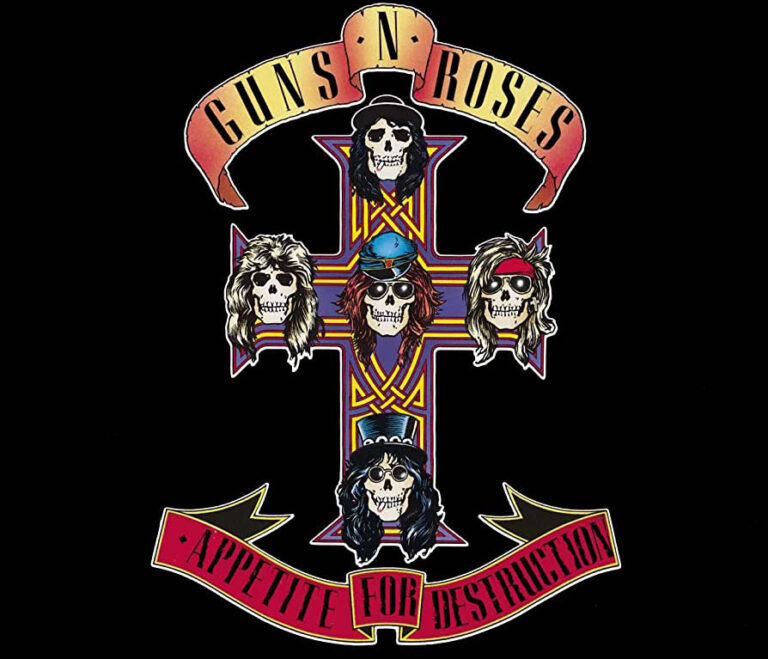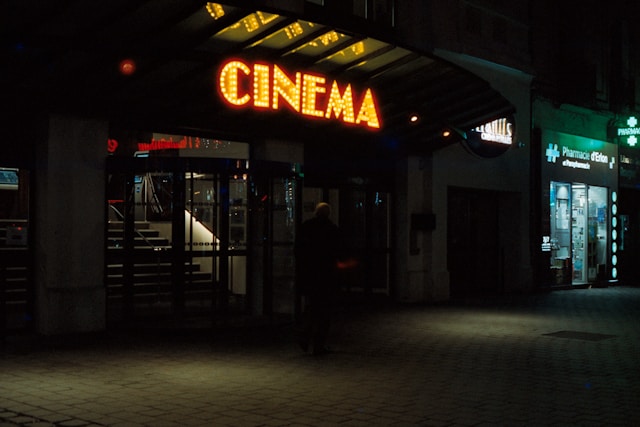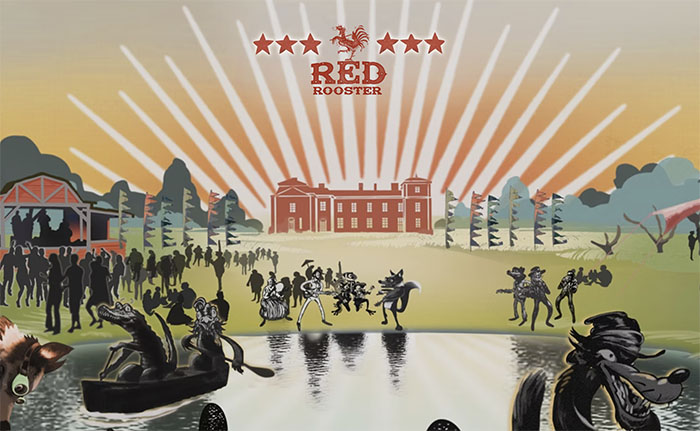Guns N’ Roses are back in the consciousness of the musical world. As (most of) the original line-up has reformed for a tour, including headlining the iconic Glastonbury Festival, it gives a new generation a chance to rock out to the former “Most Dangerous Band in the World”. At Glastonbury and other venues in their stadium tour, fans got to hear some huge hits from the double Use Your Illusion albums, including November Rain and (the brilliant) Estranged, as well as the odd track from GN’R Lies, including Patience. But the heart of the band’s work will always be Appetite for Destruction.
That is not to say that Guns N’ Roses is a one-album band – far from it – but it just so happens that their explosive debut is one of the greatest rock albums in history, and one that deserves veneration 36 years after its release. Appetite is a remarkable album, one of the very few that feels both unique and universal. There is not one bad track on it, and even the less obvious hits will grow on the listener over time. Like the best albums in history, there is a natural progression through the concept, instantly grabbing your attention with the first bars of Welcome to the Jungle, then leading the listener all the way through to final call, Rocket Queen.
Artwork remains one of the most iconic
Before discussing the music, let’s first have a word on the artwork. The original album cover was too shocking for release (although it did make its way into the sleeve), and rightly so. Axl Rose then worked with an art student, the late Billy White, to create the iconic cross. Rose already had the idea for the band as skulled figures. That itself is not completely original, and Rose might thank KISS (trivia: KISS’s Paul Stanley was considered to produce the album) for the inspiration. Overall, though, the skull designs are clearly inspired by the iconography of the Day of the Dead (el Día de los Muertos) Festival. We see those designs today in movies, artworks, and games based on el Día de los Muertos, but none have become as iconic as the cover for Appetite for Destruction.
As for the production, it was chaotic, as you might imagine. The band was known for bad behavior – that’s a matter of public record – but there were artistic deliberations too. Several producers were considered, hired, and fired before settling on Mike Clink. The band had also created several tracks disparately, and they had to decide which to put on. November Rain, for example, had already been composed, but we would not get to hear it until the release of Use Your Illusion I (1991). Sweet Child O’ Mine was considered the album’s ballad.
With the 12 tracks that made the final cut, they clock in at 53 minutes and 41 seconds. Rocket Queen and Paradise City were the only tracks to exceed six minutes, and several of the tracks came in at under three and a half minutes. Rose would later be accused of self-indulgence with long ballad tracks of eight or nine minutes, but none of that was on show here.
Welcome to the Jungle grabs the listener
Welcome to the Jungle (the opener) is one of the most head-turning track ones in modern music. It is based on Rose’s memories of New York, having moved to the Big Apple as a wide-eyed boy from Indiana. Once the punch has been landed by Welcome to the Jungle, the album moves effortlessly on to It’s So Easy, a track were the listener gets almost flummoxed over Axl’s vocal range. It feels like a different vocalist until we reach the chorus. Nightrain – an ode to a cheap fortified wine that sustained the band members – comes next, and it’s a delight, particularly notable for Steven Adler’s drums and cowbell.
Out Ta Get Me is arguably the most forgettable song on Side 1 of the album (Side G; Side 2 was labeled R). It deals with Axl’s run-ins with the law, and it is arguably the angriest song on the album. Next up is the hugely underrated Mr Brownstone, which we guess doesn’t get much radio play due it subject matter, heroin. Paradise City is, of course, one of the band’s most recognizable tunes, and it perfectly illustrates Guns N’ Roses’ ability to switch from melodic soft rock to metal in an instant.
Once we begin on Side 2 (R), there might be an accusation that some of the tracks get a bit “samey”, although My Michelle and Think About You are both highly enjoyable. Sweet Child O’ Mine needs little introduction, of course. You’re Crazy is certainly the hardest song on the album, and Anything Goes is perhaps the most underrated.
The album finishes with Rocket Queen, a deliberate choice for the last track. Adler’s drums are perfect here again, and the track has a similar two-in-one structure to Paradise City. The balladesque ending might cloy with hard rock fans who don’t like Axl’s softer side, but it fits perfectly as an epitaph for the Tour de Force album.
Words, of course, can’t do justice to the album. Moreover, what can we say that hasn’t already been said? But let us stress the point that nobody wanted to touch this album. It struggled in sales but grew organically as even those music critics who didn’t want to touch G N’ R due to the band’s controversies had to admit it was a masterpiece. It soon became one of the biggest selling debuts of all time. Like Back in Black and Masters of Puppets, it doesn’t feel like a 1980s album. It is timeless.









Comments are closed.